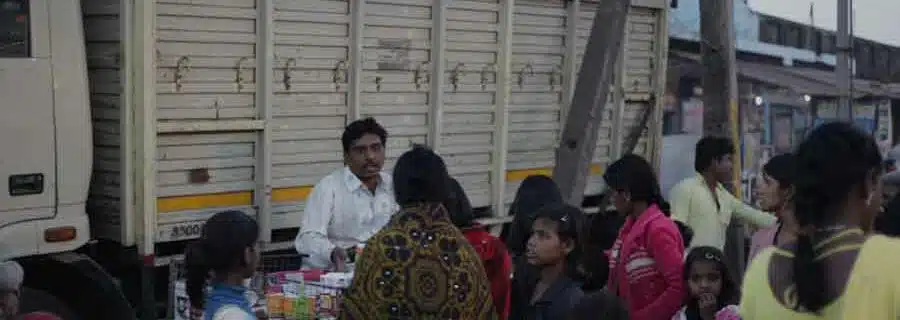1) How to bargain like an Indian
I would say that Indian’s are the best negotiators or bargainers I have ever encountered. They are incredibly good at going for your emotions, very comfortable with numbers and know how to up sell until the cows come home. As soon as an Indian shop owner sees a Westerner his or her eyes usually widen slightly, get a little twinkle of a dollar sign and a big smile on their face and possibly will greet you with “welcome to my shop”.
As soon as you touch something then the shop owner knows you’re interested. When you ask “how much?” (Hindi – Kitanaa) then the game is on. Almost always the price will be astronomical for us because it seems that Indians believe that all Westerners are loaded with cash even us poor students.
So for example when I asked how much this hoodie was the shop owner said, “2000rs” (US $40).
I instantly replied, “50rs”.
He laughs and says, “no way”.
I reply, “100rs”.
He says, “1000rs”.
I reply, “200rs”.
He says, “800rs”.
I reply, “300rs”.
He says, “700rs”.
At this point I say, “too much” and start to leave the shop.
He freaks out and says, “500rs sir! this is best price, I have wife and baby at home”.
While standing at the door of the shop I say “400rs is my best price” and start to move away.
He comes running and says “okay deal”.
This example illustrates a few things. Firstly, start out very low and quickly go up a little to show that you are prepared to bargain. Don’t get fooled by emotional ploys like “my poor family”. Walk out and act disinterested. Say, “too much”. Hold your ground and be prepared to actually leave and go to another shop. If you want a number items you should be able to bargain a package deal. Another tactic is to make the shop owner show you a lot of merchandise before you even start negotiating. These tips will get you much better prices but chances are you’ll still be paying a lot more than the locals.
2) Fixed rate shops
I recommend at least having a go at bargaining though I must confess it can be extremely emotionally tiring if you are making many purchases from different stores. If you want to avoid the hassle then it usually is possible to find “fixed rate shops” which means the price on the tag is the price you pay. These guys are generally honest and have good quality items.
3) MRP – Maximum Retail Price
On food items like Coca-Cola, snacks and sometimes on clothing there are price tags with “MRP” listed. This is the maximum retail price and a good way to pay a fair price without getting screwed. It is good to look at these prices because often times store owners will try to add on to these prices when you’re not paying attention. For drinks out of the fridge they may try to add a few rupees because of the fact that it’s chilled which is bs in my opinion but they may refuse if you don’t pay it.
4) Shop around
If you have the energy I highly recommend shopping around before making large purchases. This way you can get a feel for what the price should be and what is available especially if you’re looking for one of a kind items like jewelry. Conveniently shops are usually grouped together in a certain part of the market. E.g there may be 5 jewelers within a stones through between each other. Similarly with electronics, fruit shops and sweets etc. Another part of shopping around is to buy a small item and bring to another shop to compare and get a “second opinion” on.
5) Gandhi Khadi Clothing Stores
In almost every town there is a Gandhi Khadi store selling local hand-spun fabric that can be tailored into any form you’d like. I love these stores and go there at any chance I get. The word Khadi means cotton and they also have raw silk and woolen items. I like to wear Indian dress when I’m there which entails a kurta (long sleeved shirt with the shirt falling just above the knees) and a dhoti ( a rectangular cloth wrapped at the waist like a dress). So I go to the Gandhi Khadi and get these items custom made and it seriously is the most comfortable clothing I’ve ever worn. For the kurta I go for cotton and for the dhoti I go for raw silk.
6) New market vs Old bazaar
In almost every town there is a “New Market” and “Old Bazaar or Market”. The new market is more “trendy” and can be a popular social hangout place for youth. The stores are more modern and also usually more expensive than the equivalent in the old bazaar. The old bazaars are often ancient with quaint, winding streets and little stores all nestled together. I like both but probably the old bazaar slightly more just because it is more interesting and the prices are better.
Get my FREE Step-By-Step Guide to India Travel
- Learn all my tips for safe India travel
- 39 page full color ebook
- Printable PDF
- Save yourself from getting sick in India






